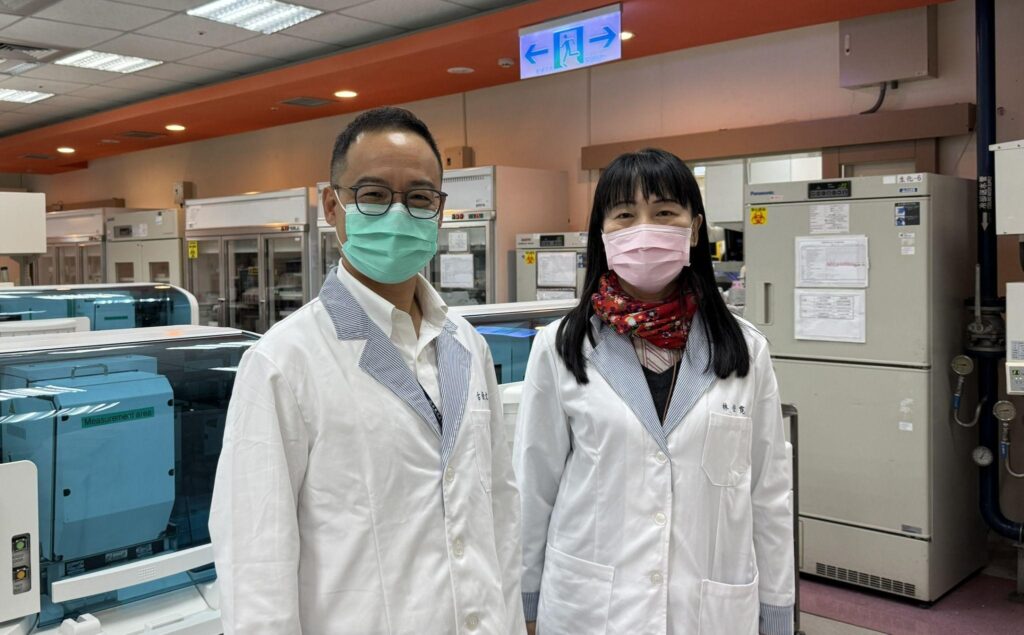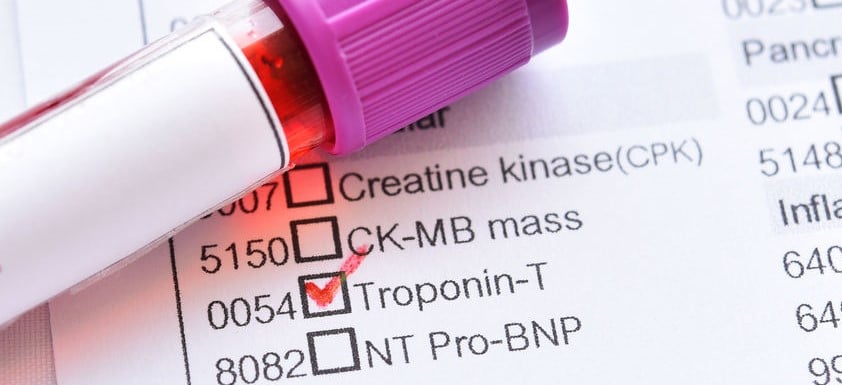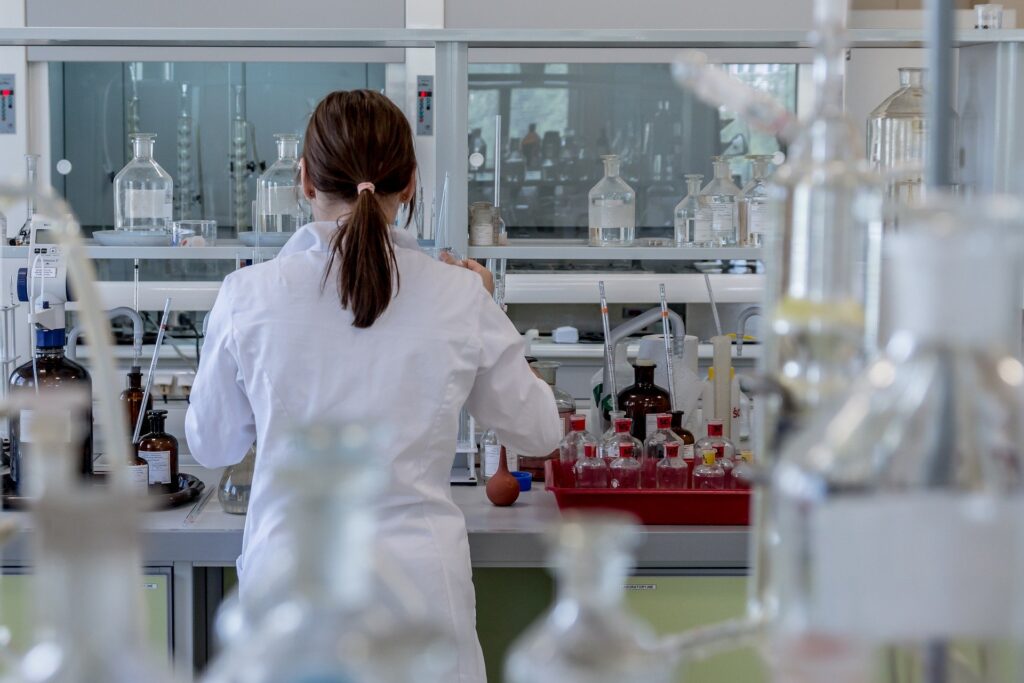At CGMH Linkou in Taiwan, workflow optimisation increased lab efficiency, allowing addition of PIVKA-II testing
Chang Gung Memorial Hospital Linkou (CGMH Linkou) is one of Taiwan’s largest hospitals, serving millions of patients annually. It also operates one of the country’s busiest clinical labs. The hospital plans to expand this lab in the coming years, but in the meantime, it’s constantly working to improve performance and increase offerings in the […]










